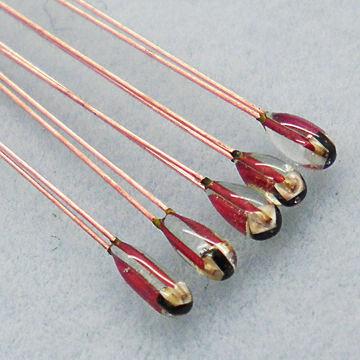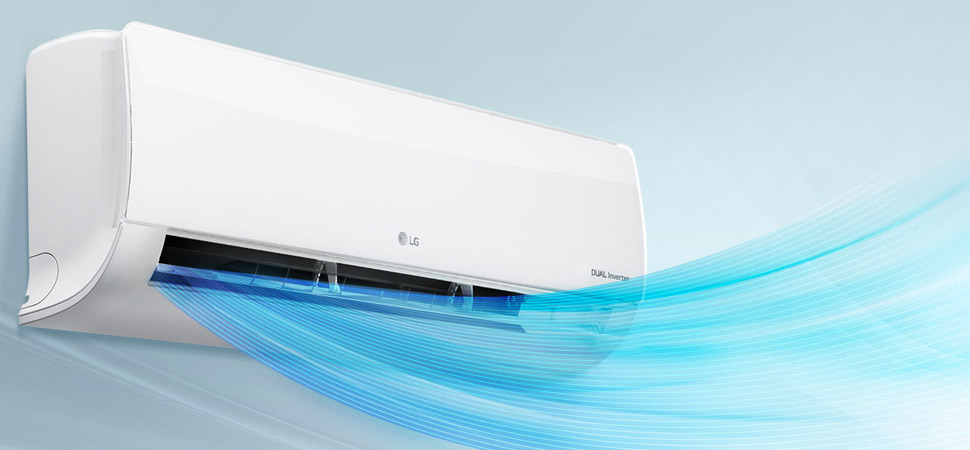1300 737 976
Call us
Live Chat
Call us
The term thermistor comes from “thermal” and “resistor”. A thermistor is a type of resistor whose resistance is reliant on temperature; it’s a resistance thermometer. They’re made from metallic oxide which is moulded into a bead, disk, or cylindrical shape and then enclosed with epoxy or glass.
Thermistors are known as a type of semiconductor, they have greater resistance than conducting materials, but lower resistance than insulating materials. The relationship between a thermistor’s temperature and its resistance is dependent upon the materials from which it’s constructed. Pyrosales manufacturer Resistance thermometers (RTD’s) with thermistors.
 Who invented the thermistor?
Who invented the thermistor?The first NTC thermistor was discovered in 1833 by Michael Faraday, who reported on the semiconducting behaviour of silver sulphide. Michael Faraday noticed that the resistance of silver sulphide decreased dramatically as temperature increased. (This was also the first documented observation of a semiconducting material.)
Because early thermistors were difficult to produce and applications for the technology were limited, commercial production of thermistors did not begin until the 1930s. A commercially viable thermistor was invented by Samuel Ruben in 1930.

Thermistors are easy to use, relatively cheap, and durable. They’re commonly used in digital thermometers, in vehicles to measure oil and coolant temperatures, and in household appliances such as ovens and refrigerators and are preferred for industry applications that require heating or cooling protection circuits for safe operation.
The thermistor is built in for more complex applications such as laser stabilisation detectors, optical blocks, and charge-coupled devices. For example, a 10 kΩ thermistor is the standard one that’s built into laser packages.
There are two types of thermistors – the most used is the Negative Temperature Coefficient (NTC) thermistor. The NTC’s resistance decreases as the temperature increases, and vice versa. With the Positive Temperature Coefficient (PTC) thermistor, the resistance increases as the temperature increases, and vice versa; it’s normally used as a fuse.
The type of material used in the thermistor will dictate how much the resistance changes, which is changed with temperature. Thermistors are nonlinear i.e., the relationship between resistance and temperature won’t form a straight line, it will form a curve on a graph; where the line sits and how much it changes depends on how the thermistor is made.

*KW image
Disadvantages:
From chip to rod-shaped, there are a variety of shapes available for surface mounting or embedding.
The shape is determined by the type of material that’s being monitored i.e., a solid, liquid or gas. They can be enclosed in resin/glass, baked on phenolic or painted depending on the application. For example, thermistor chips are mounted onto circuit boards whereas a bead thermistor can be embedded into a device. Whatever the application, maximum surface contact with the device that’s being monitored, and using a thermally conductive (not electrically conductive) paste or epoxy glue for connection is ideal.

The sensor has a small amount of current running through it (bias current), which is sent by the temperature controller. The controller can’t read resistance, so it must be converted into voltage changes, by using a current source to apply a bias current across the thermistor to produce a control voltage.


Thermistors are categorised by how much resistance is measured at ambient room temperature i.e., 25°C; the manufacturer determines certain technical specifications for optimum use.
Temperatures and range:
Thermistors work best when measuring a single temperature within the range between -55°C and +114°C i.e., when measuring within 50°C of ambient; extremely high or low temperatures don’t get recorded correctly. Using a thermistor where the setpoint temperature is in the middle of the range is the best way to go.
Depending on the bias current from the controller, each thermistor has an ideal range i.e., the temperature range where small changes in temperature are accurately recorded. The sensitivity of the thermistor is dependent on the temperature. For example, some thermistors are more sensitive at cooler temperatures than at warmer temperatures.
The manufacture will specify the voltage limits of the thermistor feedback to a temperature controller. It’s best to choose a thermistor and bias current combination that produces a voltage inside the range allowed by the temperature controller, and ideally in the middle of the range.
The temperature controller feedback input needs to be in voltage, which comes from the thermistor resistance; this generally needs to be changed to temperature. The most accurate way to convert thermistor resistance to temperature is by using the Steinhart-Hart equation.
The Steinhart-Hart equation is a simple method for modelling thermistor temperatures easily and more accurately. It was a manual calculation that was developed prior to computers but can now be calculated automatically using computer software.
The equation calculates the actual resistance of a thermistor as a function of temperature, with extreme accuracy; the narrower the temperature range, the more accurate the resistance calculation will be.
In summary: Thermistors change resistance with temperature changes; they are temperature-dependent resistors. They’re perfectly suited to scenarios where one specific temperature needs to be maintained, they’re sensitive to small changes in temperature. They can measure liquid, gas, or solids, depending on the type of thermistor. They’re the best way to measure and control the temperature of a thermo-electric cooler, as part of a temperature control system due to their capability to adjust in tiny increments. The closer the thermistor to the device that needs to be monitored, the better the result will be, they can be embedded or surface-mounted to the device.
FOR MORE INFORMATION OR A QUOTE
Copyright © 2022 Created by Pepper Digital
Disclaimer – Images for illustrative purposes only and may not be representative of the actual resolution of the camera shown.